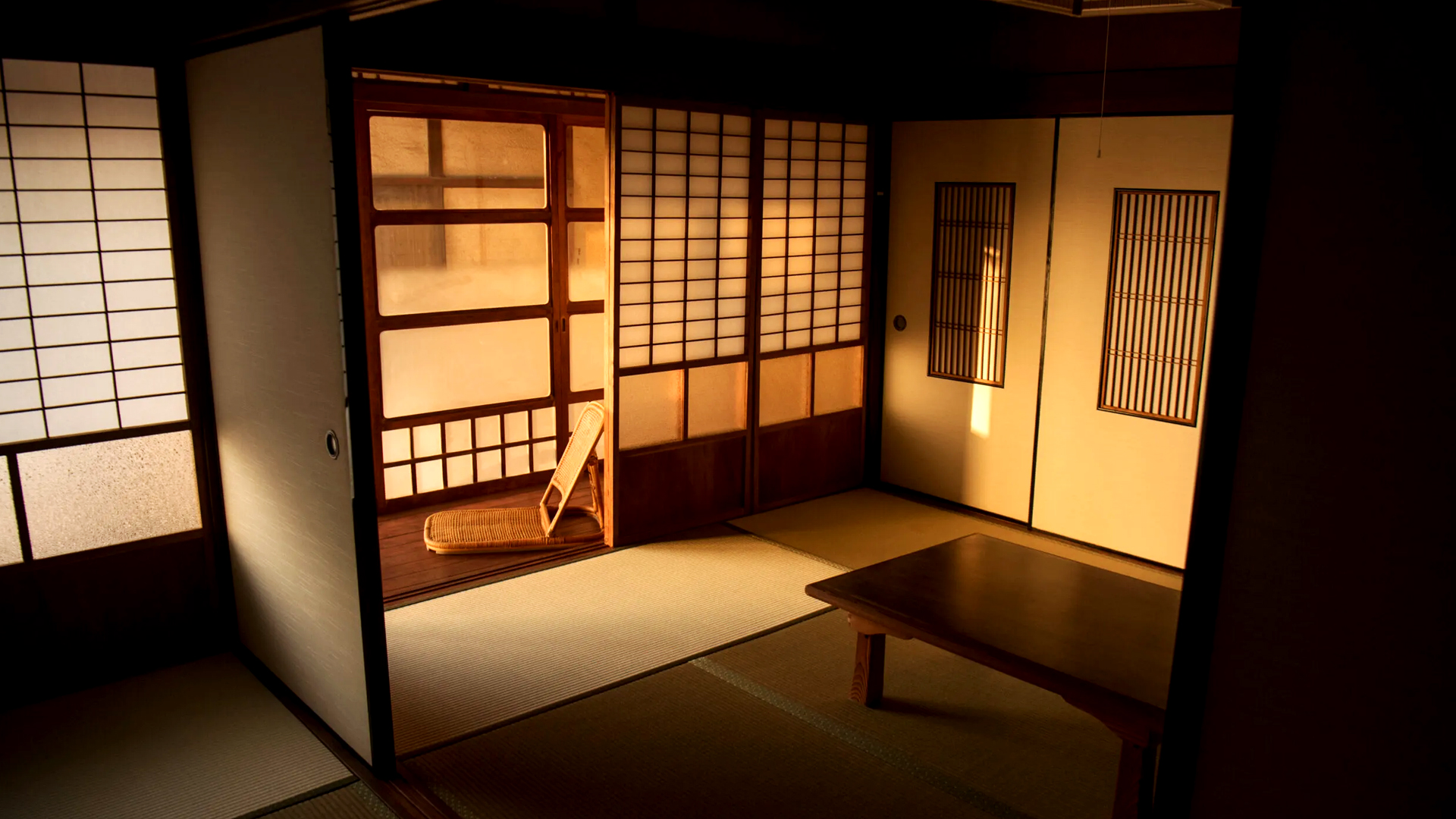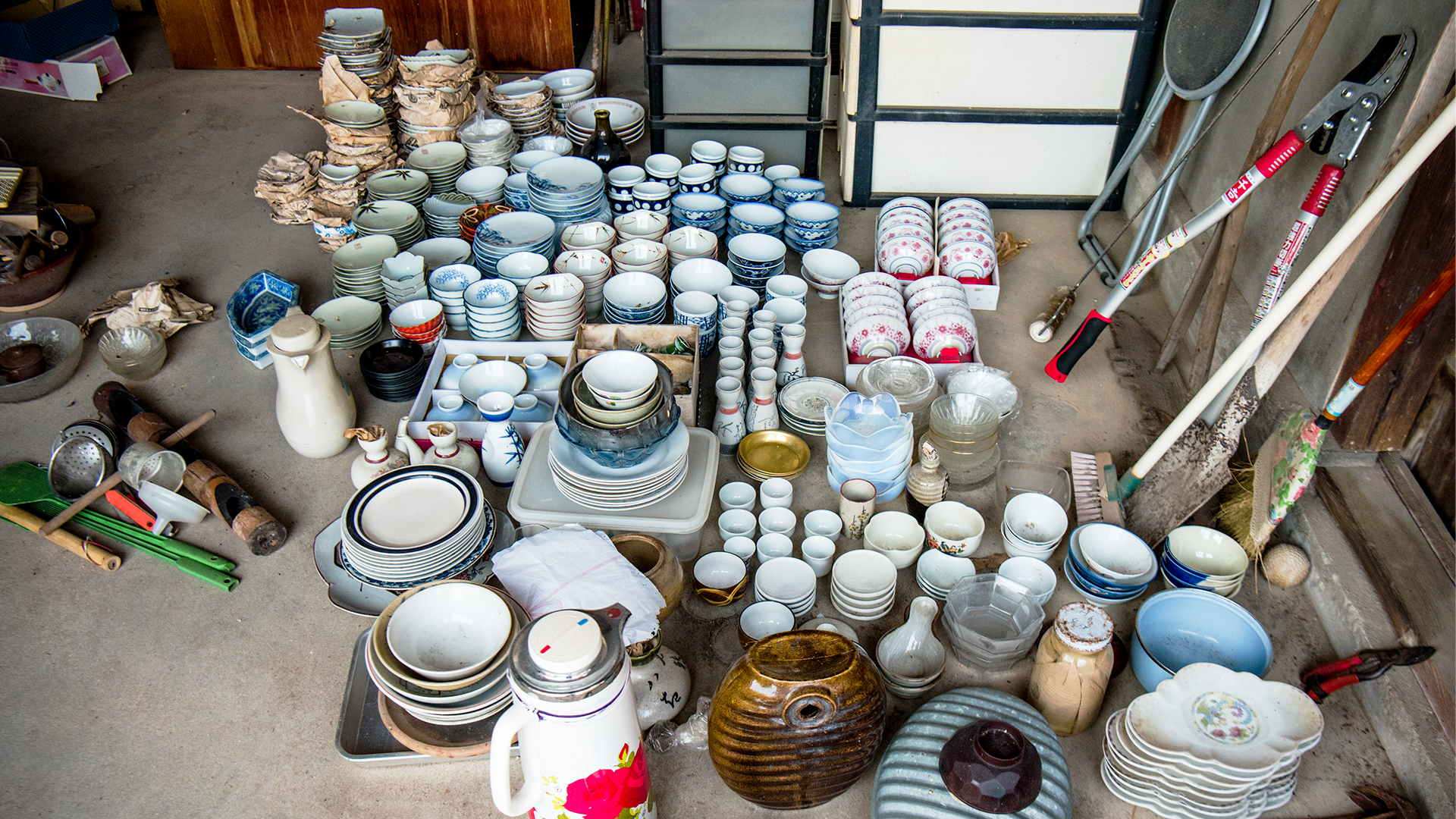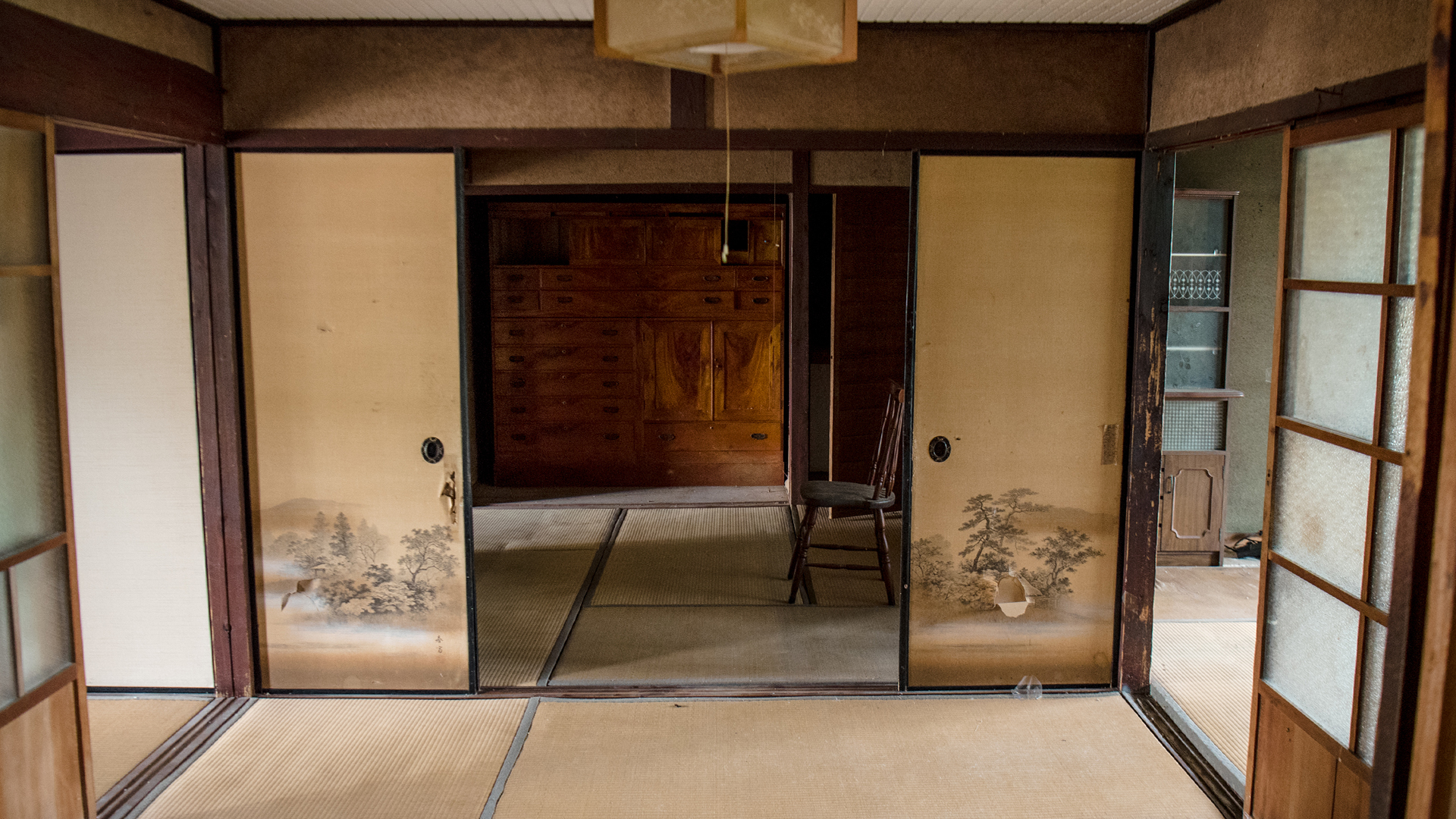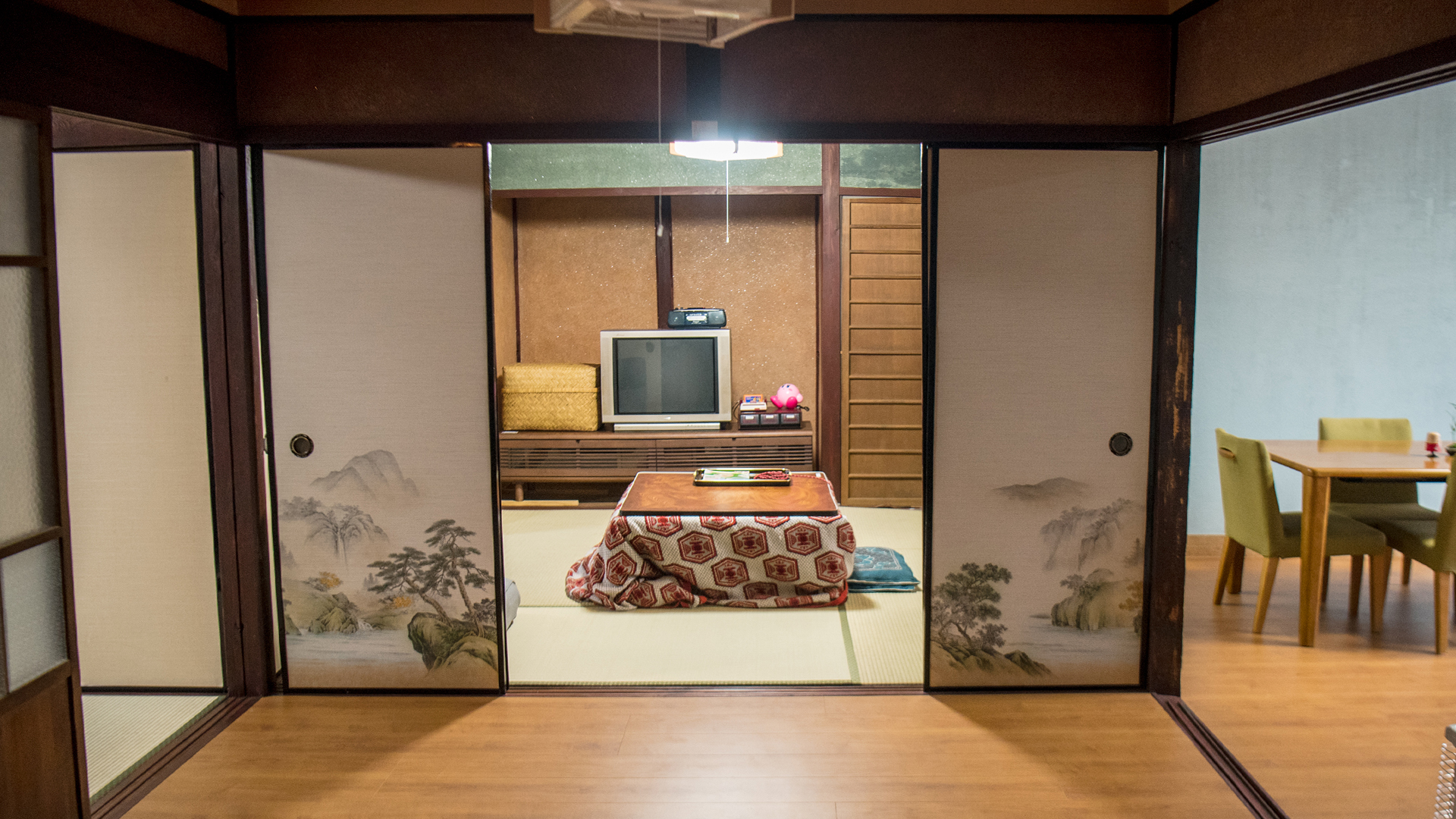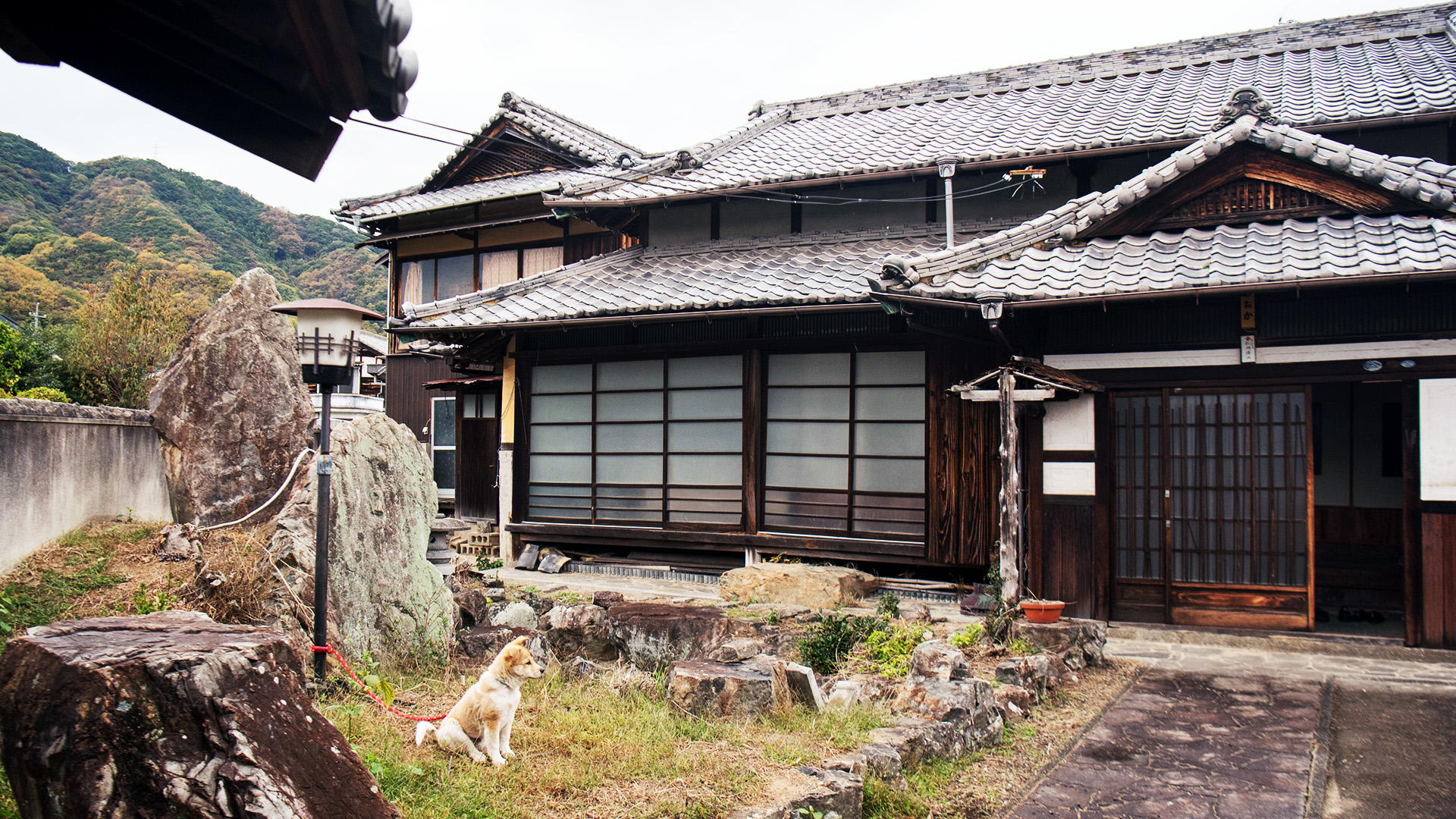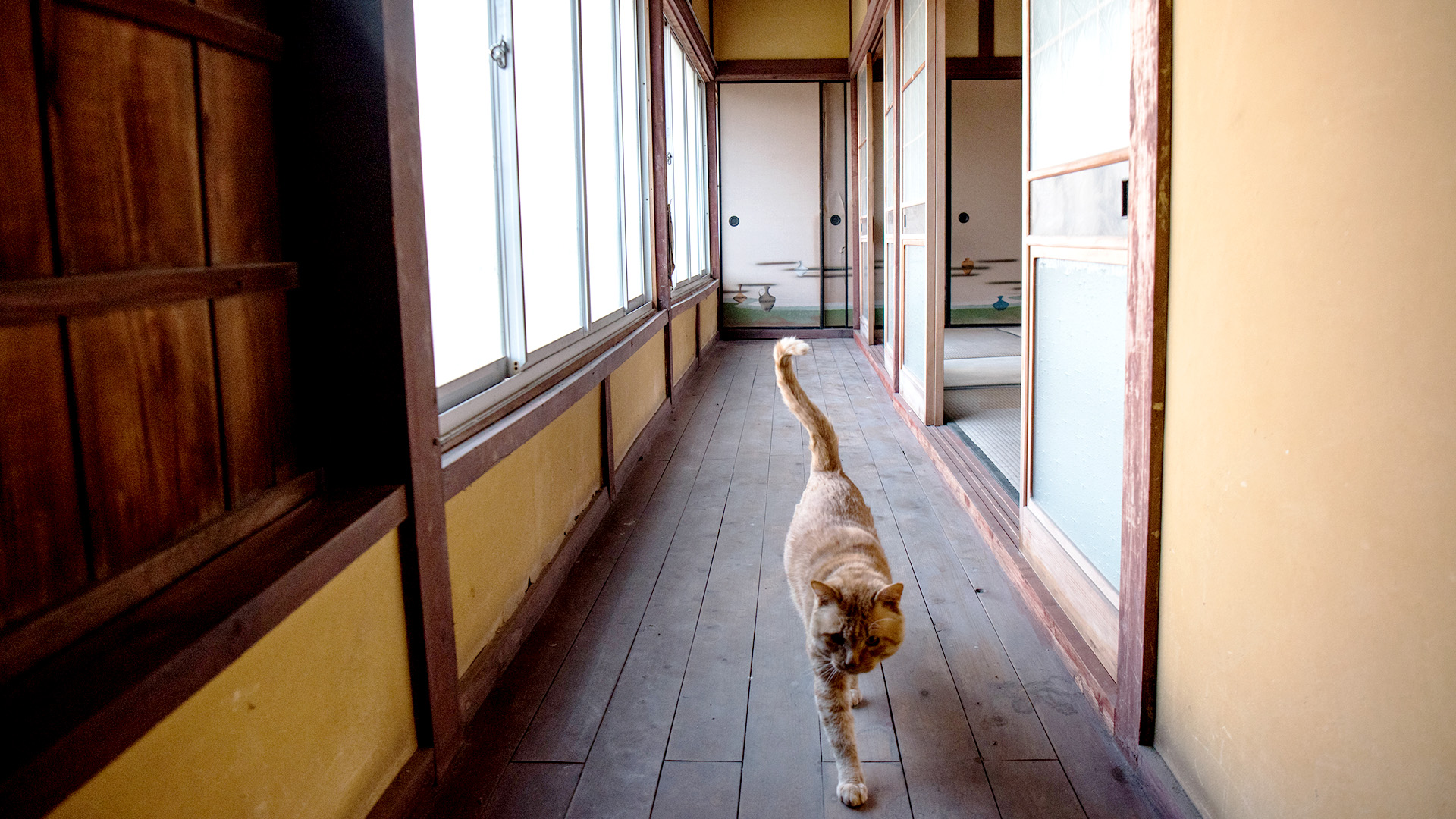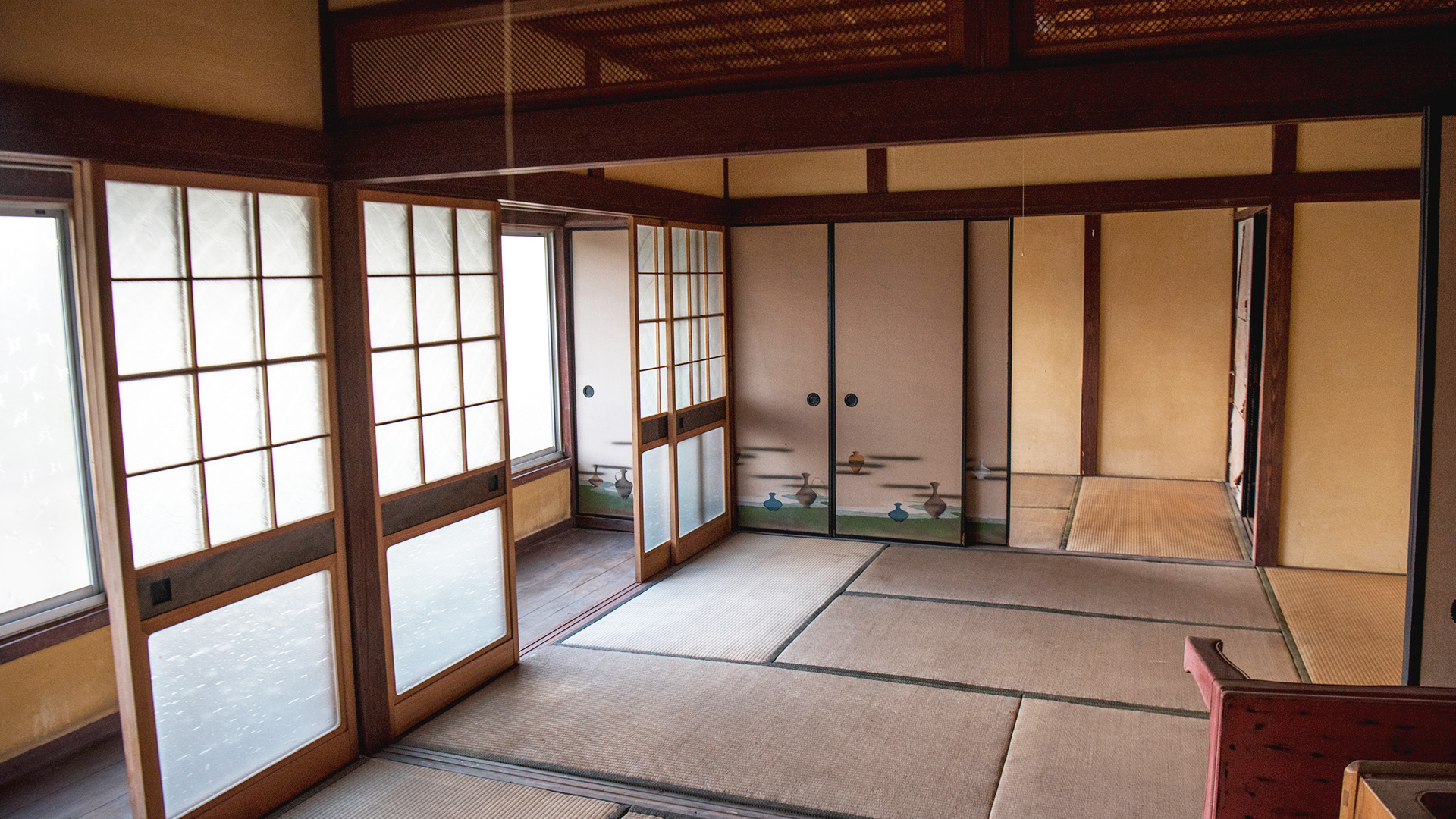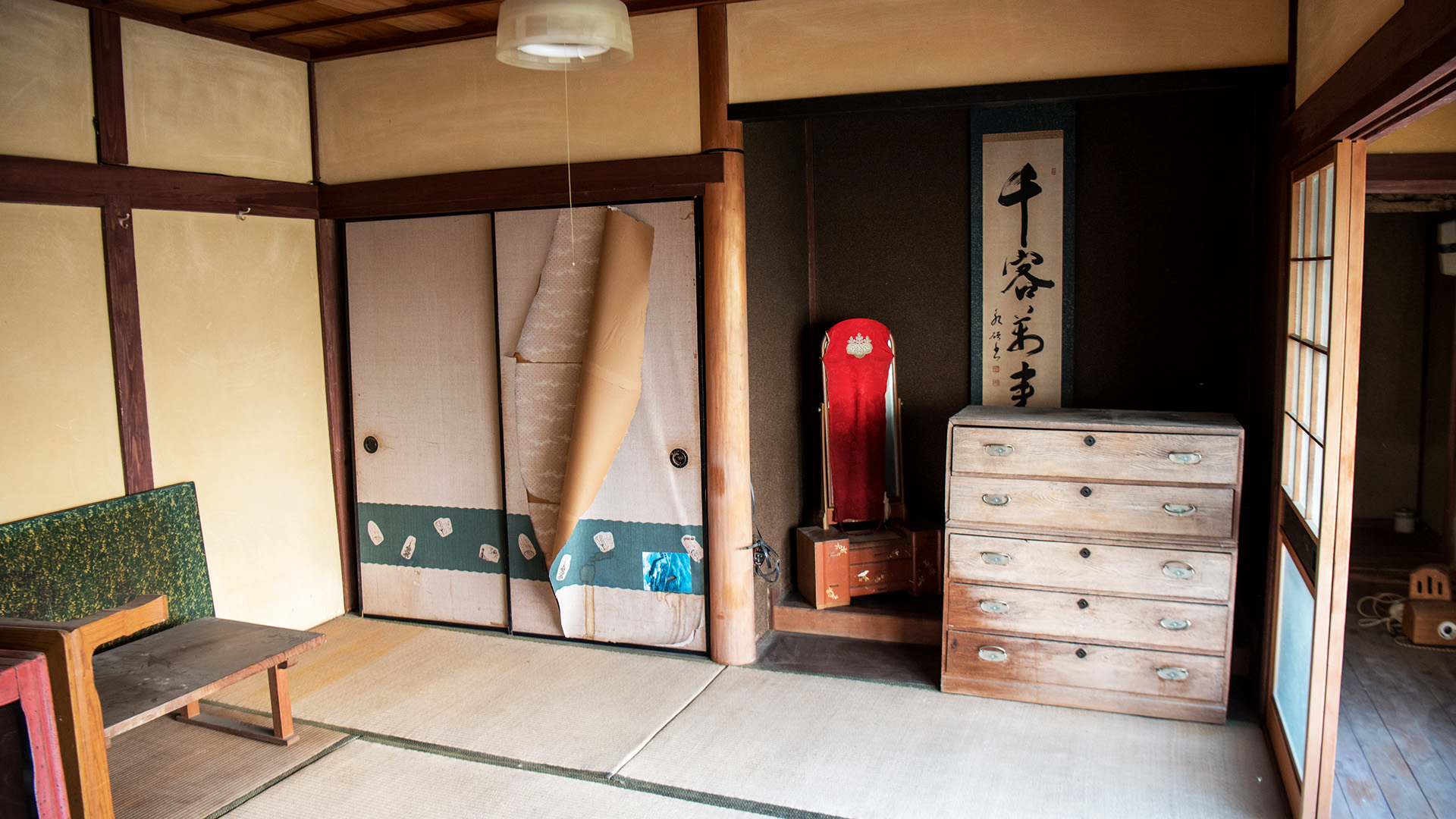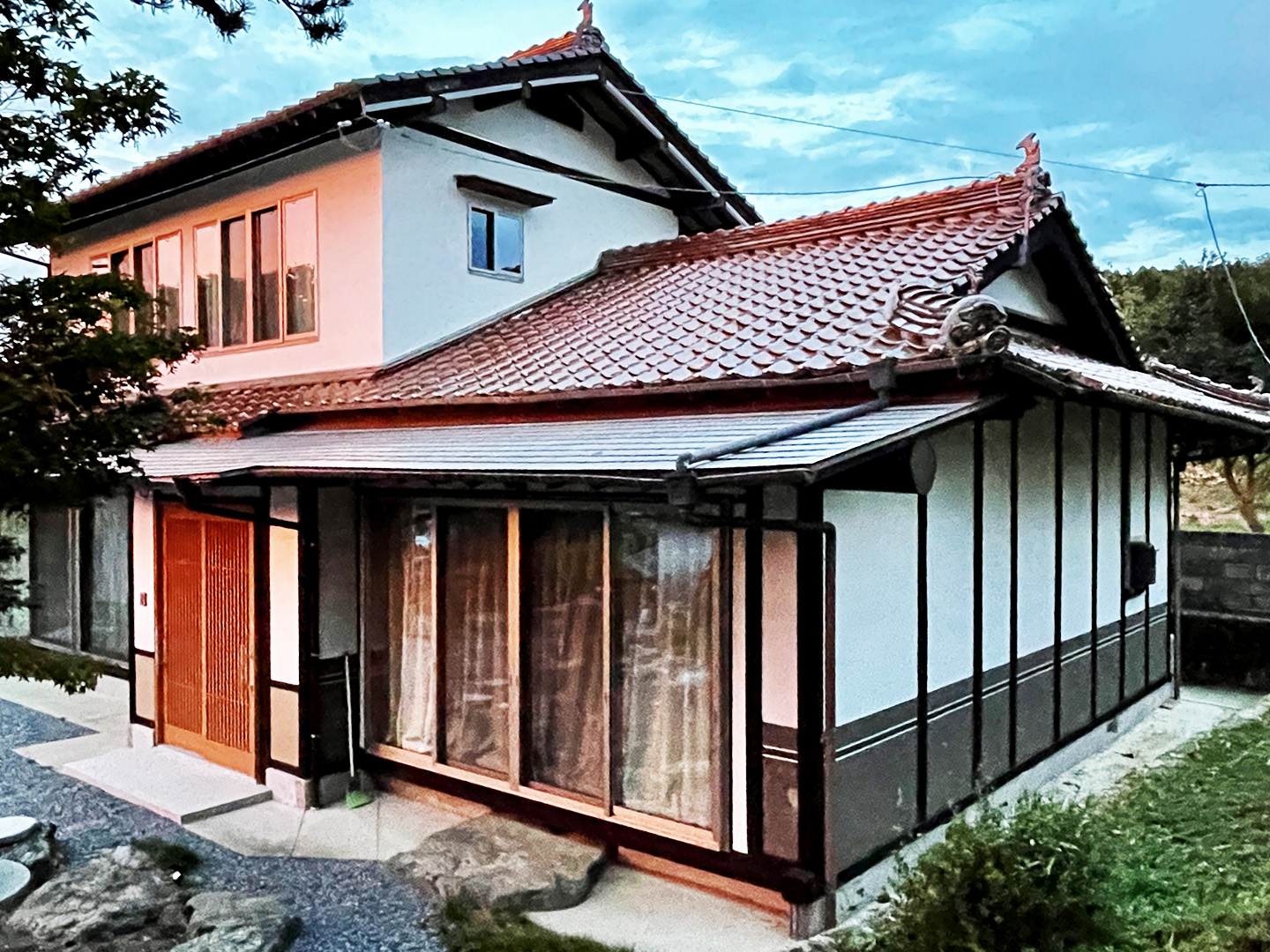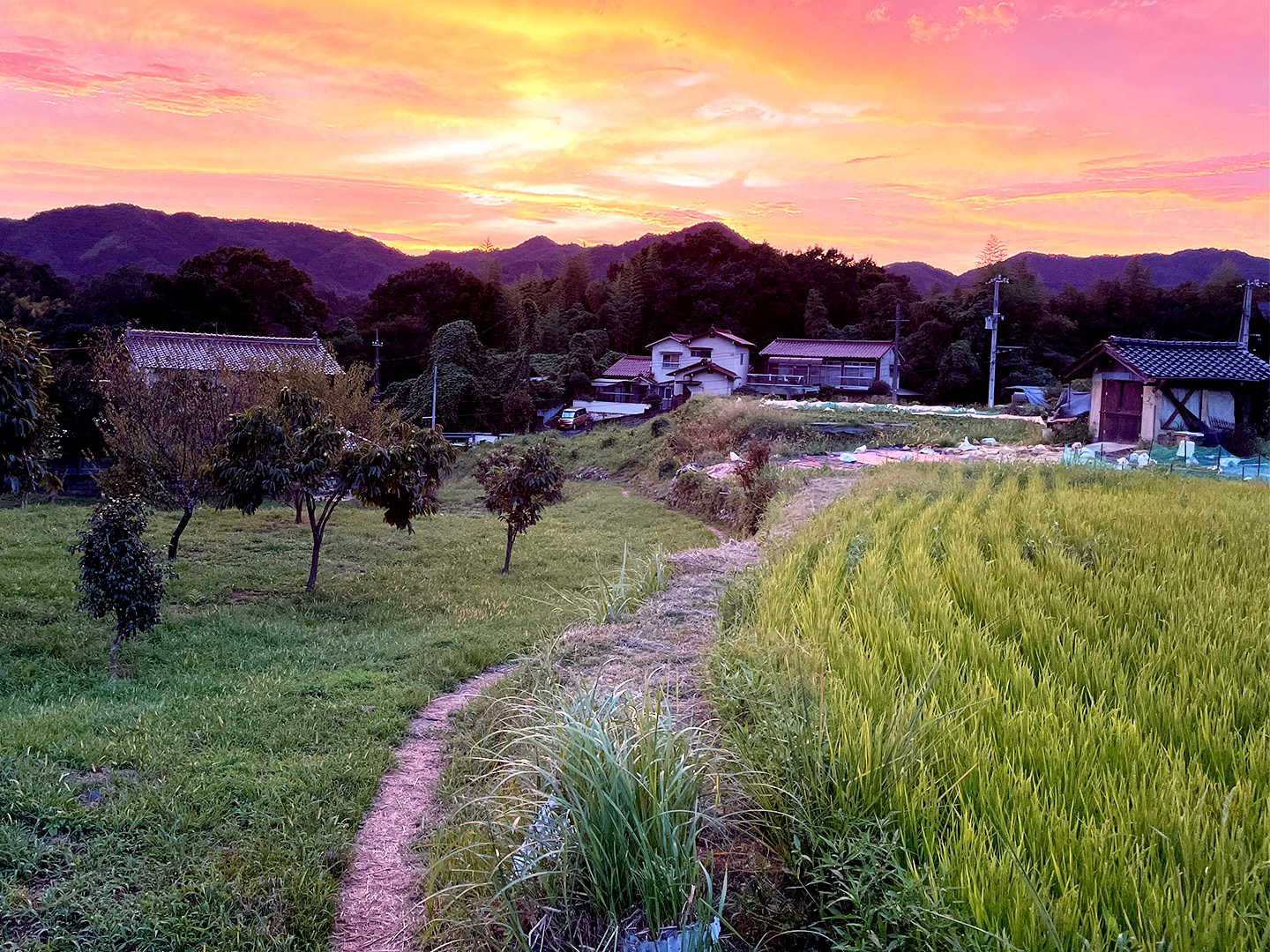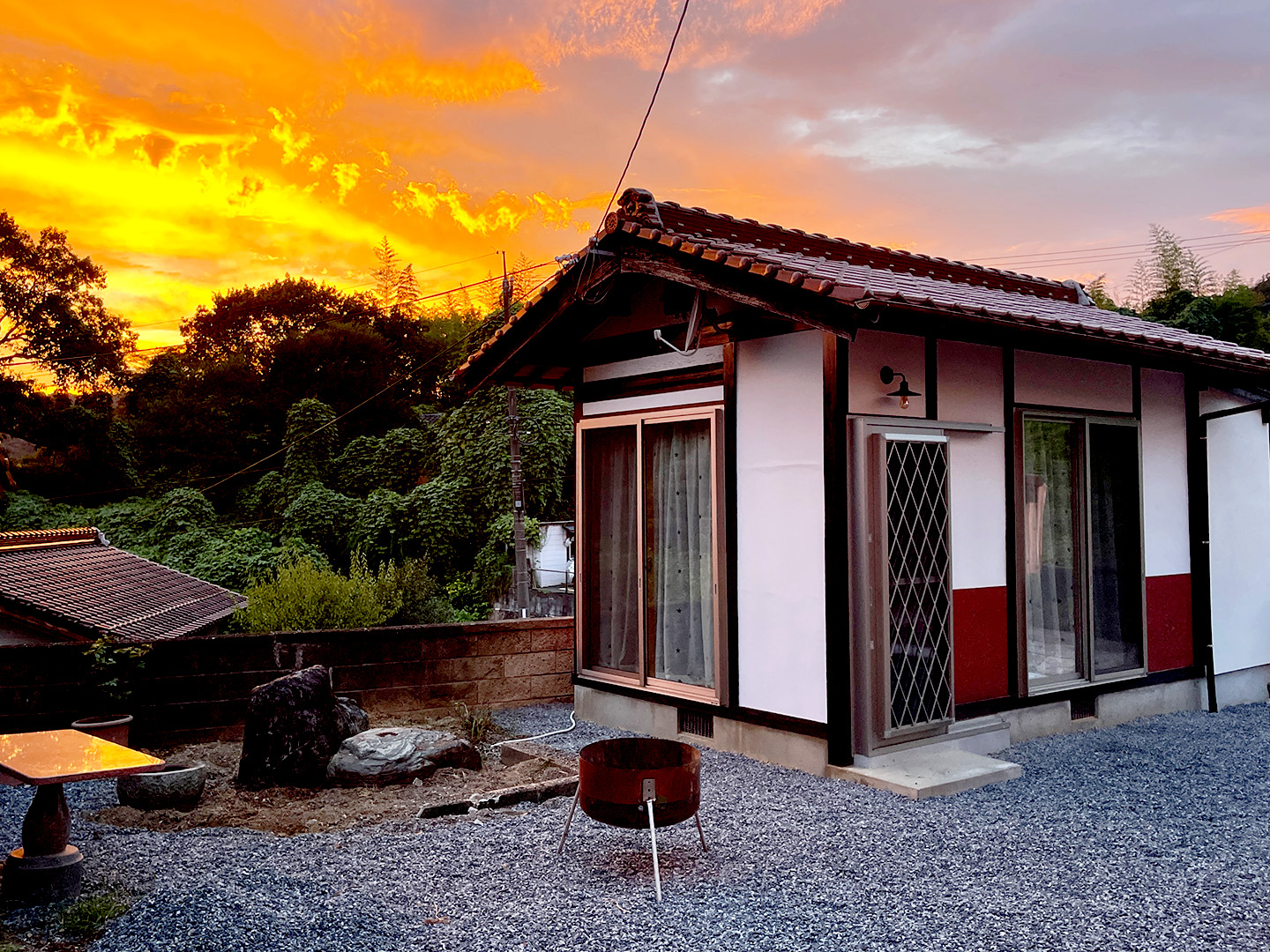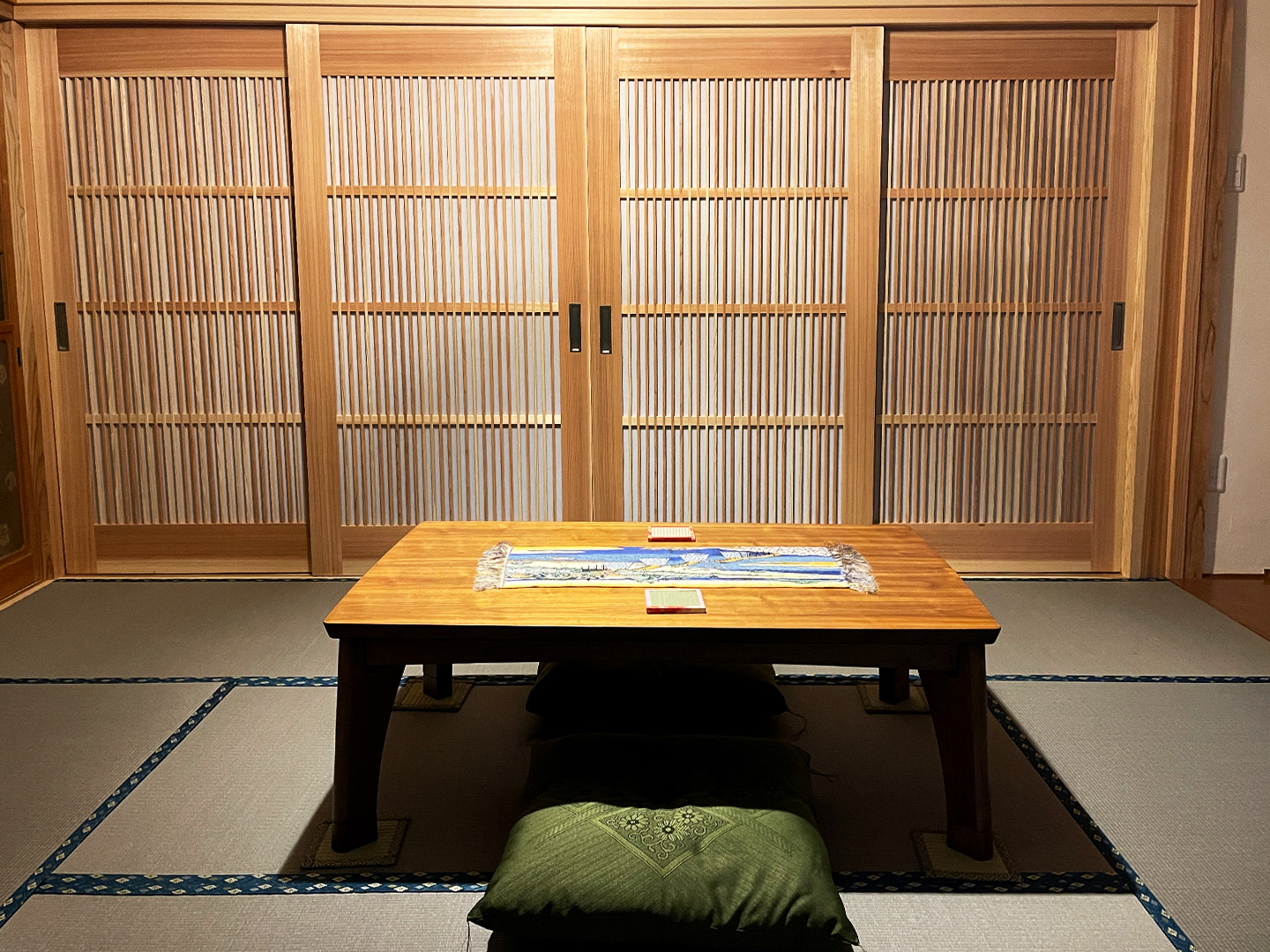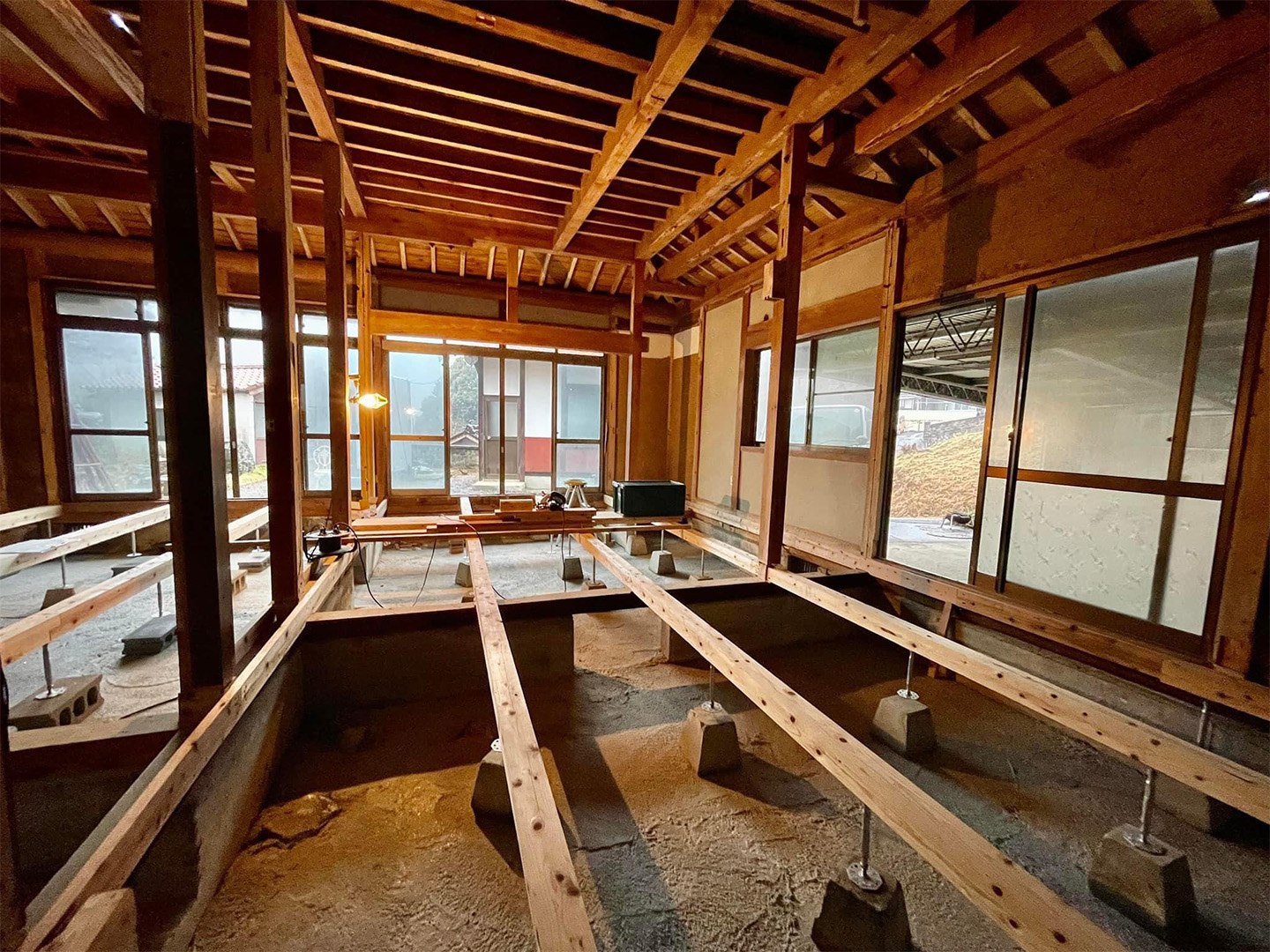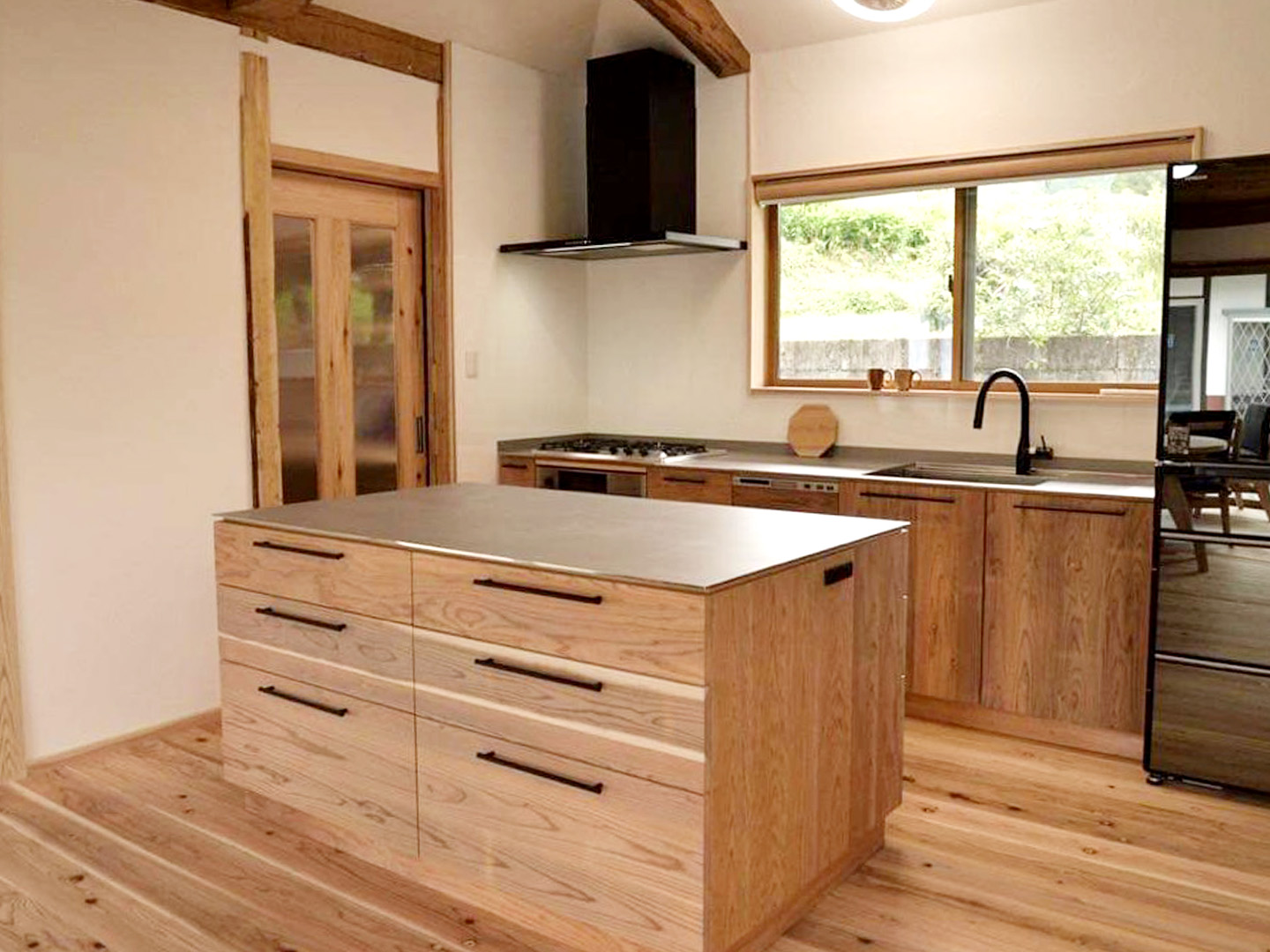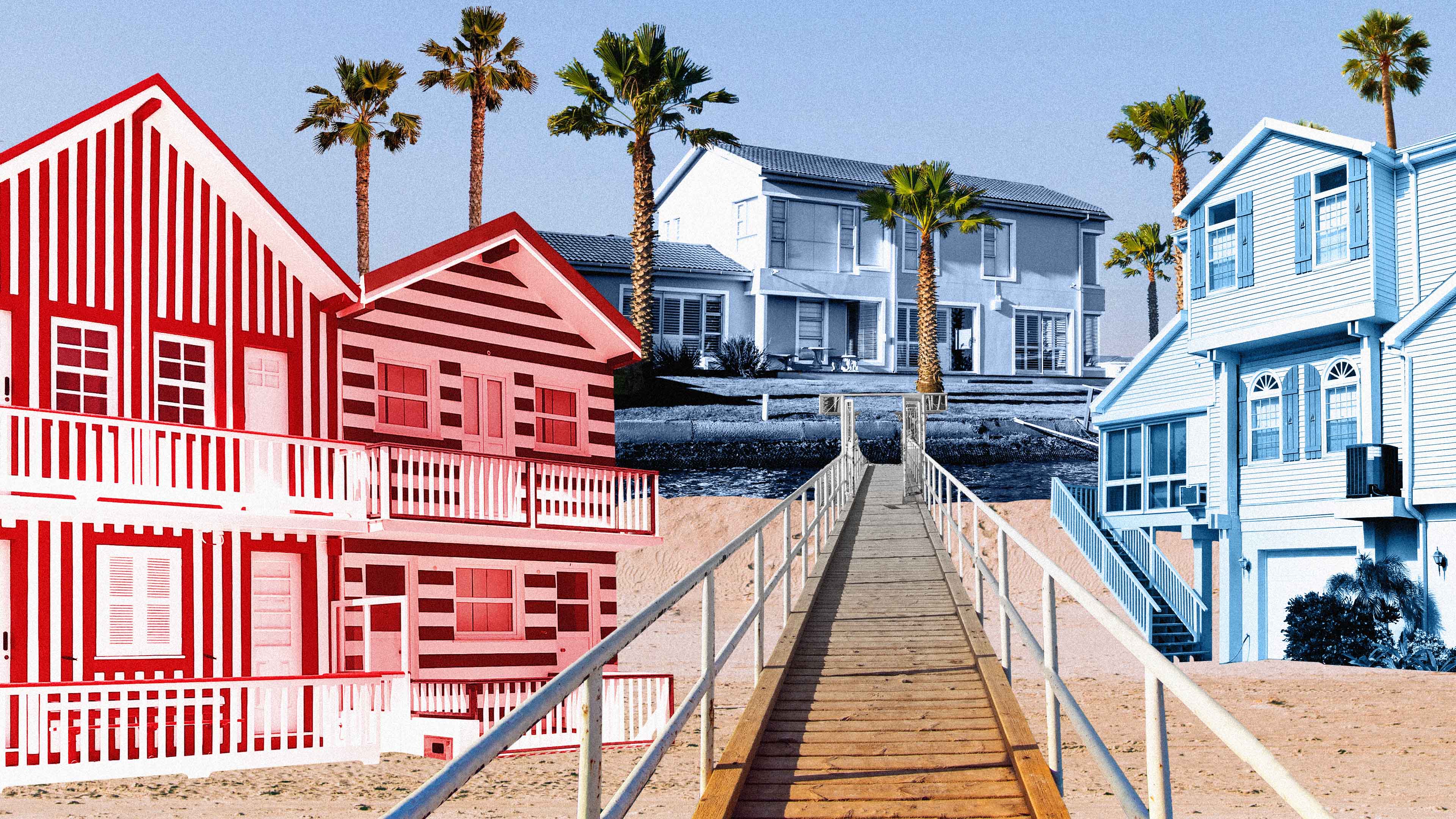
Ogawa is a small town in the Saitama Prefecture, about an hour from Tokyo. It is surrounded by the lush mountains of Soto-Chichibu and is home to the ancient traditions of washi - traditional Japanese paper production - and sake brewing.
It should be ideal commuting territory. Yet, Ogawa, is in danger of disappearing by 2040. It’s a victim of Japan’s urban migration and declining national population, evidenced by its empty and abandoned homes.
But the town is fighting back. It has launched a town revitalisation project including a partnership with a real estate consultancy that matches abandoned homes - or “akiya” - with foreign nationals chasing the dream of a rural Japanese life. It is just one solution to Japan’s empty homes problem.
Ogawa’s predicament is far from unique in Japan. In fact, a think tank, the Normura Research Institute, estimates that the country has at least 9 million empty homes - 13.8% of its total housing stock – but potentially as many as 11 million. Among OECD countries, it is second only to Malta for the highest number of vacant houses, with one in every eight sitting empty. This is not a new issue either, it has grown steadily for more than 35 years, with the number of empty homes increasing from 3.9 million in 1988, to 8.4 million in 2018, and predicted to snowball to 23 million by 2038.
But the issue is not just the rising numbers of empty homes – it is their type and location. Since the 1980s the majority of empty housing stock has consisted of those that are for sale, to lease or second homes. Those that have been abandoned, the true akiya, made up a third of those figures. These properties are also more typically found in rural areas, where vacancy rates are about 17% - higher than in cities. They can cause significant blight on communities.
This year, there are an estimated 3.85 million akiya (a rise of 360,000 on the 2018 figures) and the figure is expected to exceed 4.7 million by 2030.
“Abandoned houses cause a lot of problems,” says Hideki Yano FRICS, general manager at real estate company ES-CON Japan. “There’s a physical danger that they might collapse, they attract nuisance insects that transmit disease and, if you have multiple abandoned homes in your neighbourhood, it looks like a ghost town. So that’s why we have to do something.”
The causes of empty homes in Japan are complex and interwoven. In many ways akiya, in particular, are the memorials of huge social and cultural change.
Japan’s population started declining in 2008, falling from its peak of 128 million to 122 million today. This decline is due to a falling birth rate and an ageing population – phenomena shared by many other nations but exacerbated in Japan by a lack of immigration. Last year Japan’s birth rate hit the lowest level since records began in 1899. A critical factor in this is urban migration.
Since the 1960s the population has rapidly moved from rural to urban areas with over 90% now living in cities. Over time this has naturally changed how people live and whether they marry and have families.
“Japan is one of the most urbanised countries in the world,” says James Fink MRICS, business solutions and corporate development officer at Savills APAC, who has been based in Tokyo for more than 30 years. “People move to where the economy is and where the jobs are. But people who live in cities have fewer children because it’s more expensive and so Japanese fertility rates have been below replacement level for many years.”
These two trends have had a huge impact on Japan’s housing stock.
“There is the balance of supply and demand,” Yano explains. “Demand is shrinking in Japan; it is an ageing and shrinking country while supply is continuing at the same pace.”
According to the Japanese Research Institute, the government has continued to incentivise new construction despite depopulation and by 2018 housing already exceeded households by 16%. He also points to a supply and demand mismatch.
“Outside of the city, demand is diminishing, while in the city areas demand is very strong,” he says.
Fink concurs: “There are too many houses in the wrong place.”
Indeed, 10 prefectures already significantly exceed the 13.6% national empty homes figure, with Yamanashi at 21%, Wakayama at 20% and Nagano at 19.5%.
The majority of Japan’s akiya are also older stock. “Roughly three out of four of the vacant houses were built before the 1980s,” says Kazuki Morimoto, associate professor of Japanese at Leeds University. “These older homes and the ones that are wooden tend to be abandoned and the major reason is vulnerability to earthquakes.”
Updating an older home so that it meets modern building codes and can withstand seismic activity is an expensive business. Yano says that this is one of the reasons why the value of property in Japan diminishes with age. “The Japanese consumer is very demanding, newer is better,” he says. He points to the tiny resale market for used homes, accounting for just 15% of total transitions, making many vacant homes hard to sell.
Morimoto says there are also cultural factors behind empty homes, particularly akiya. He says that traditionally previous generations didn’t tend to move house very often, nor was it common to upgrade homes. “It was the traditional custom in Japan for the eldest son to stay with the parents,” Morimoto explains. “So, for my parents’ generation they probably had an expectation that their son would rebuild the house if it got too old to sustain. But the reality is now completely different because their children, in my generation, live and work in cities like Tokyo. Rural areas have become more difficult places to live so it’s not easy to come back to their parents’ homes.”
Over half of all akiya are inherited with the owners living different lives hundreds of miles away. Morimoto says this adds to the “vicious cycle” plaguing rural areas: fewer residents lead to dwindling jobs and atrophying infrastructure. Tokyo-based Yano says he was lucky enough to sell his mother’s vacant house in the countryside when she became too frail to live alone. “But for most people it’s a very hard time to sell.”
The government has acknowledged that empty and abandoned homes are a growing problem - a further jump in numbers is expected when it releases its quinquennial housing stock survey later this year. In an effort to tackle the problem, it has introduced new legislative changes.
From April it became mandatory for those inheriting properties to register their ownership, making it easier for authorities to track owners and compel them to maintain or demolish their properties. It has also tweaked the 2015 Vacant Houses Special Measures Act to give local authorities powers to revoke generous tax reductions for any akiya left shabby or unkempt and, crucially, sets out standards to determine a poorly-managed house. It has also established akiya banks, listing services of abandoned homes run by local authorities.
For Parker Allen, co-founder of real estate consultancy Akiya & Inaka, the solution to abandoned homes is also cultural. The company, which matches akiya with foreign nationals, also wants to inspire more Japanese people to look again at rural life. “There’s still so much social and cultural focus on the big city,” he says. “There’s this huge opportunity for people from around the world to begin investing in Japan and to revitalise these communities. We want to inspire Japanese people to do the same and refocus on the ease of living in rural areas.”
Allen says its partnership with Ogawa Town, where it has established a new office in a once abandoned school, is a pilot for how he’d like to work with local government across Japan. It also means, he says, it can be directly involved in revitalising rural areas.
Hideki Yano says change is happening in Japan, not least from initiatives like those of Allen’s. He adds that a more environmentally conscious mindset is spreading and coupled with rising construction costs, constantly demolishing and rebuilding is becoming less compelling both economically and socially.
“There is a kind of movement happening, and I’m pleased to see that change,” he says. “That’s why I’m a bit hopeful about the future of akiya.”
Empty homes are an issue around the world. The number of vacant houses in Malta, Cyprus, Hungary and the US all exceed 10% of their housing stock, the OECD has found. Like Japan, the trend is starker in the countryside, with 15 countries reporting far more vacant houses in rural areas than in towns and cities.
A report from FEANTSA, the European Federation of National Organisations Working with the Homeless, last year said a healthy housing market should have a vacancy rate of between 3% and 5%. It is calling on governments to utilise their vacant houses to help the homeless by acquiring empty buildings, providing tax incentives to rent to low-income tenants, and imposing fines on those who leave their properties vacant for long periods.


